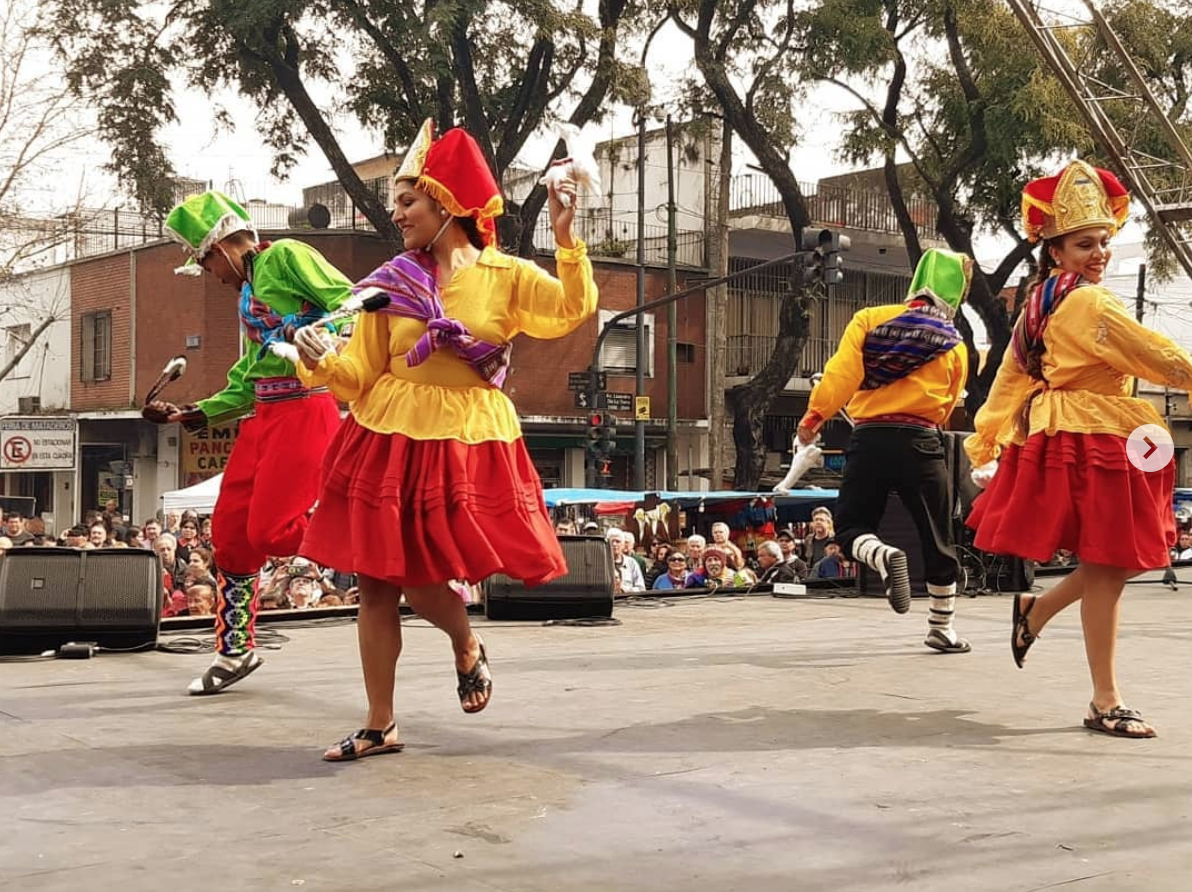
Buenos Aires, Argentina
If there's one thing that can be said about Buenos Aires, it's that it's impossible to sum it up in one statement. The term "melting pot" is generally overused, but it makes sense here, where European architecture, Spanish and Italian influences, and an unmistakable Latin mentality merge and refract all at once, all the time. Buenos Aires succeeds at defying expectations and refusing to be definable, and it's also really, really fun, from its art scene to its love of fútbol and irrepressible LGBTQIA+ pride. When you're looking for an epic destination, look to the capital of Argentina.

Know Before You Go
Parrillas
Meat is king in Buenos Aires. Parrillas (steakhouses) are a way of life for many Argentines, no matter if it is a fancy fine dining restaurant or a casual hole-in-the-wall grill.
Bookstores
Porteños are avid readers, with an important literary history. Buenos Aires is home to some incredible bookstores like the great El Ateneo Grand Splendid, known as one of the most beautiful bookstores in the world, and independent stores like Falena and Eterna Cadencia.
Art
Buenos Aires, a city full of creatives and talented artists, has it all. The museums and galleries represent international and local art through many periods of history, while the streets are covered with local graffiti artists whose work is political, humorous, and vibrant.
Fútbol
It’s no surprise that many Argentines worship Messi and Maradona, because here, fútbol is religion. For any soccer fans, visiting a live game at a stadium is a must.
Gay Pride
Buenos Aires is considered one of the most LGBTIQ-friendly cities in Latin America, a mecca for the queer community. There are lots of inclusive events and festivals all year round, like La Marcha del Orgullo, the Gay Pride Parade, where thousands march and party every November.
Tango
Argentina's famous dance originated in the working class neighborhoods of La Boca and San Telmo in the 1800s, and it has since spread throughout the world. The bohemian attitude that gave birth to these intoxicating moves can still be felt in these parts of town, where visitors can enjoy everything from low-key social milongas to professional choreographed shows.
Can’t-Miss Neighborhoods
San Telmo
San Telmo is one of the oldest barrios of Buenos Aires, lined with cobblestoned streets and an artsy bohemian vibe. It’s home to the famous Mercado de San Telmo, a market that opened in 1897, and is known for its antiques and food stands.
Palermo
For those looking to be near all the trendy cafés, restaurants, bars, and boutiques, Palermo is the spot, especially in Palermo Soho and Palermo Hollywood. The barrio also has the best parks and open green spaces in the city.
Chacarita
This up-and-coming neighborhood should be on every traveler’s radar. It’s residential but in recent years, has become a mecca for young creative seeking an alternative to Palermo with a more low-key restaurant and bar scene.
When to Go
Most people who know Buenos Aires well will agree that mid-November, the end of spring in the southern hemisphere, is the best time to visit, especially because of the warm weather and bright purple jacarandá trees that are in full bloom. The beginning of fall (March and April) is also a beautiful time to visit the city.
Featured Local: Allie Lazar
My name is Allie Lazar and I came to Buenos Aires via Chicago in 2006 to study abroad, and basically never left. BA isn’t a city for everyone, but something about the chaos and free-spirited vibe totally got me hooked. I work as a writer and producer, specializing in food and travel. I created the food blog, Pick Up the Fork, which turned into a TV series, and I’m obsessed with finding great foods and interesting stories across Argentina. BA is a great walking city, and my perfect day consists of wandering around admiring street art, and bar and café hopping, eating and drinking all day long.
Allie’s Must-Dos
Feria de Mataderos
Feria de Mataderos is an Argentine food and crafts haven filled with great renditions of street food classics, market foods, local families, real gauchos, horse shows, free concerts, and folklore music and dancing. Nothing forced or unauthentic about it, not overrun with tourists, it’s a fair made by locals for locals. My favorite things to eat here are the empanadas, choripanes, humita, tamales, and a few Paraguayan dishes. It’s only on Sundays.
El Preferido de Palermo
El Preferido was once of my favorite old school bodegones, an Argentine cantina, so imagine my heartbreak when it suddenly closed. But recently it’s re-opened and better than ever! It’s a perfect spot to get an idea of what Porteño comfort food is all about -- Italian and Spanish influence with some grilled meats thrown into the mix.

Allie’s Recs
Sheikob’s Bagels
People always ask me if it’s hard to live so far away from friends and family, and while it is, what I really miss about home is the food, especially bagels and Jewish delis. I probably go to Sheikob’s Bagels at least once a week. It was started by a native New Yorker and truly the only real bagels in Buenos Aires.
Los Galgos
This historic café and bar in the heart of bustling Tribunales dates back to the 1930s, and looks to revitalize BA’s nostalgic café-going culture. After suddenly closing a few years ago, it was reopened by the owners of celebrated bars like 878 and La Fuerza. Open for breakfast, lunch, dinner and everything in between, it’s the ideal spot to sit with a cortado or aperitivo and people watch.
Pistacchio Helados
The family-owned ice cream shop might just serve the best helado in town. This artisanal ice cream is all natural, and doesn’t use any preservatives or artificial flavors or colors. The flavors are constantly changing, with each one better than the next. Some favorites: After Eight, grapefruit, oreo, salted caramel, lemon pie, and queso y dulce.















